-
 © TU Dortmund
Research at UA Ruhr
© TU Dortmund
Research at UA RuhrMagnetic and Optical Properties of a Two-dimensional Crystal Now under Control
Scientists are working to control materials precisely and down to the atomic level and to combine them with each other. The objective is to produce new hybrid structures that are multifunctional and suitable for use in both optoelectronics and magnetism, for example. An international team of researchers from Sheffield, Clermont-Ferrand, Tokyo and Dortmund has now succeeded in creating such a system, which opens up completely new possibilities, above all for optically controlled magnetism. Their findings were published recently in the renowned journal Nature Photonics.
-
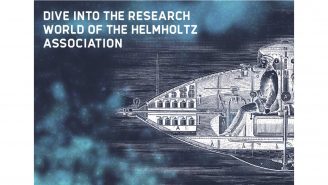 © Helmholtz Association
Call for Applications
© Helmholtz Association
Call for ApplicationsHelmholtz Visiting Researcher Grant October 2022
Are you a doctoral researcher or postdoc and your research has a strong link to the (applied) data and information sciences? The Helmholtz Visiting Researcher Grant offers doctoral students and Postdocs the opportunity to do a fully-funded short-term research stay (1 – 3 months) at one of the 18 Helmholtz centers.
-
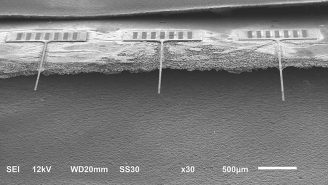 © Fraunhofer USA CMW
News from Fraunhofer USA
© Fraunhofer USA CMW
News from Fraunhofer USABrain Health and Research using Boron-Doped Diamond Electrodes
At Fraunhofer USA, we’re conducting brain research into the use of Boron-Doped Diamond Electrodes targeting biotechnology, environment and health applications.
-
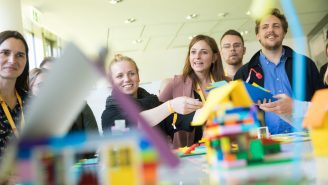 © Kay Herschelmann / HPI
News from the Hasso-Plattner-Institute (HPI)
© Kay Herschelmann / HPI
News from the Hasso-Plattner-Institute (HPI)Design Thinking Impact
Europe’s biggest Design Thinking Hub “HPI School of Design Thinking” is celebrating its 15th anniversary.
-
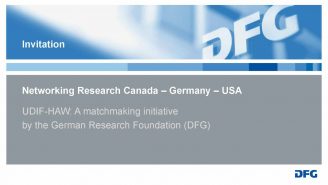 Connecting researchers at German universities of applied sciences with researchers from Canada and the US
Connecting researchers at German universities of applied sciences with researchers from Canada and the USMatchmaking Event: German and North American researchers
Read on to find out more about an exciting matchmaking event on October 18, 2022. The DFG invites researchers of German universities of applied sciences (UAS) and researchers from Canada and the US to meet up virtually for a matchmaking event.
-
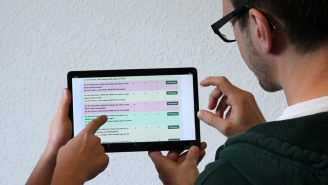 © Birte Richter
Research at Campus OWL
© Birte Richter
Research at Campus OWLUnderstanding Artificial Intelligence
Whether it is a digital assistant on a smartphone or tablet, or smart speakers, just what goes on behind the scenes of AI-controlled systems usually remains hidden from their users. The concept of co-construction promises to change this: in the interchange of questions and answers, humans and intelligent systems are meant to arrive at joint explanations for the knowledge contained in these machines. Since 2021, this topic has been a major topic of research at the Transregional Collaborative Research Centre TRR 318 ‘Constructing Explainability’, a joint endeavor of Bielefeld University and Paderborn University.
-
 © Heike Zappe | HU
New partnership
© Heike Zappe | HU
New partnershipHumboldt-Universität zu Berlin joins DWIH New York
Berlin university joined the supporter network to strengthen its networks in the US.
- DWIH New York
- Topics
- Network
- Research & Innovation
- Activities
